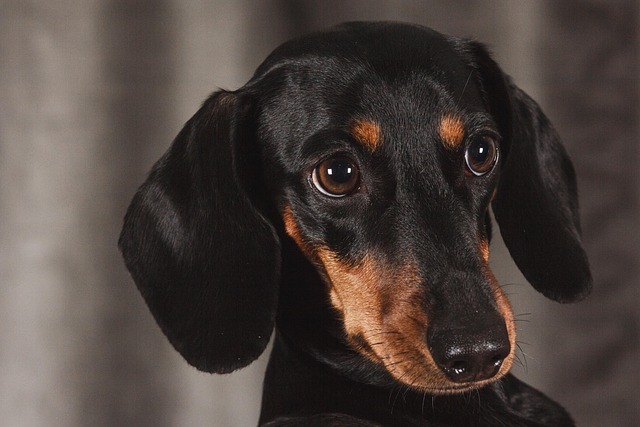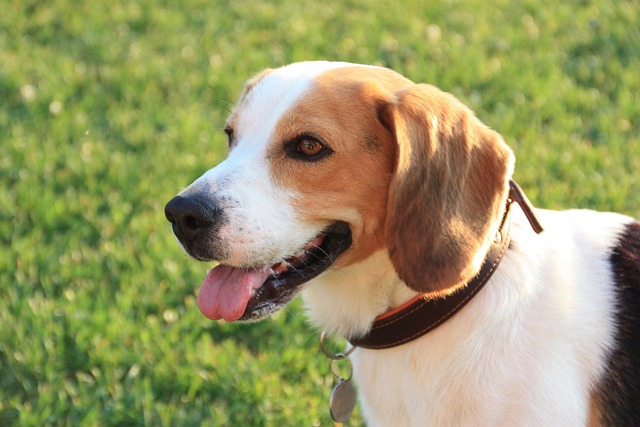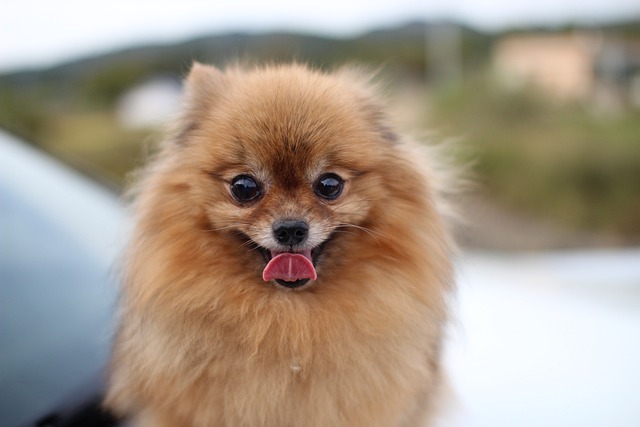
What are 5 common foods to feed dogs if they have an upset stomach
If you’ve ever watched your dog turn away from their food, then spend the next hour pacing and whimpering, you know the panic of an upset stomach.
When it comes to Pomeranians and their eating habits, their tiny stature doesn’t mean they lack strong opinions about food. These fluffy little dogs are known for sometimes turning their noses up at meals, leaving owners in Europe and the US scratching their heads. Understanding why starts with their breed characteristics. Pomeranians have a naturally high metabolism, which might make them more sensitive to hunger cues—but that doesn’t always translate to consistent eating. Their small mouths and teeth can also play a role; hard kibble or oversized pieces might be uncomfortable, leading them to avoid meals. Observing their physical reactions to food is the first step in solving the puzzle.
Dietary habits formed early in life often shape a Pomeranian’s picky behavior. If they were fed table scraps or high-fat treats as puppies, they might develop a preference for rich flavors over plain dog food. In many households across Europe and the US, treating pets to human food is a common practice, but it’s important to remember local animal nutrition guidelines. For example, in the U.S., the AAFCO sets standards for balanced pet diets, and over-relying on non-commercial food can lead to nutrient deficiencies. Puppyhood feeding routines should prioritize high-quality kibble, gradually introducing variety without compromising nutritional value. Consistency in early feeding helps prevent picky tendencies later on.
Environmental factors can significantly impact a Pomeranian’s appetite. These dogs are sensitive to changes in their surroundings—whether it’s a new home, a family member, or even a rearranged room. Stress from such changes might cause them to skip meals, a behavior seen in many small breeds. In Europe, where animal welfare laws emphasize reducing stress in pets, creating a stable feeding environment is key. Find a quiet spot for their food bowl, away from loud noises or high-traffic areas. Keeping a regular feeding schedule also helps—Pomeranians thrive on routine, and knowing when meals arrive can ease their anxiety about eating.
Health issues are another critical factor to consider when a Pomeranian becomes picky. Dental problems, such as tartar buildup or gum inflammation, can make eating painful, leading them to avoid food. In both the U.S. and Europe, regular veterinary check-ups are essential for maintaining pet health, and many regions require annual dental exams for dogs. If you notice your Pomeranian pawing at their mouth or drooling excessively, schedule a vet visit immediately. Other medical concerns like allergies or digestive issues might also affect their appetite. Always rule out health problems before assuming picky eating is purely behavioral—something that aligns with the responsible pet ownership culture in Europe and the US.

The type and quality of food you offer can directly influence a Pomeranian’s eating habits. These dogs might snub low-quality kibble that lacks appealing smells or textures. In markets across Europe and the US, pet food labels are strictly regulated, so look for products with real meat as the primary ingredient and no artificial preservatives. Some Pomeranians prefer wet food over dry, or vice versa—experimenting with different textures can help find what they like. Just be careful not to fall into the trap of constantly changing their food, which can make them even pickier. Instead, introduce new foods gradually, mixing them with their current diet to ease the transition.
Feeding practices at home often unintentionalky reinforce picky behavior. If you offer treats or human food when they refuse their meal, you’re teaching them that refusing kibble leads to better rewards. This aligns with a common cultural challenge in pet care across Europe and the US—balancing affection with discipline. Instead, set clear boundaries: leave their food bowl out for 20 minutes during mealtime, then remove it until the next scheduled feeding. Don’t give in to begging or whining, even if their tiny eyes make it tempting. Consistency in this approach helps them realize that skipping a meal means waiting until the next one, encouraging them to eat when food is available.
Seasonal changes and temperature can also affect a Pomeranian’s appetite. In warmer months, they might eat less due to reduced activity, while cold weather could increase their hunger as they burn more calories to stay warm. This is especially relevant in regions with extreme climates across Europe and the U.S. Adjusting their portion sizes slightly with the seasons can help maintain a healthy weight. However, if you notice a sudden significant change in appetite regardless of the weather, it’s best to consult your vet. Staying attuned to these subtle shifts is part of the proactive pet care that many owners in Europe and the US prioritize.
Finally, understanding the cultural context of pet feeding in Europe and the US is essential for addressing picky eating. In these regions, pets are often considered family members, leading owners to worry deeply about their eating habits. But it’s important to balance care with practicality—avoiding the temptation to over-indulge or cater too much to their whims. Following local animal nutrition guidelines, seeking veterinary advice when needed, and maintaining consistent feeding routines can help your Pomeranian develop healthy eating habits. Remember, a little patience and scientific approach go a long way in ensuring your fluffy companion stays happy and well-nourished.

If you’ve ever watched your dog turn away from their food, then spend the next hour pacing and whimpering, you know the panic of an upset stomach.

If you’ve ever cleaned up diarrhea or watched your dog vomit after meals, only to feel helpless as they refuse their next bowl of food, you know the stress of a sensitive stomach.

If you’ve ever stared at the ingredient list on your dog’s kibble, wondering what “meat by-products” really are, you’re not alone. New dog owners

If you’ve ever noticed your dog suddenly shaking their head like a wet towel, or pawing at their ear until it’s red and sore, you might’ve wondered if they’re just being “naughty.”

Finding worms in your dog’s stool or noticing them scooting uncomfortably across the floor is enough to make any pet owner’s heart sink.

If you’ve ever dreamed of having a dog but hesitated because your eyes water and nose runs around furry pets, you’re not alone.